“The care of rivers is not a question of rivers, but of the human heart.”
– Tanako Shozo
Rivers of carbon are rivers of life!
We work with landholders to protect and restore rivers, streams and wetlands so that the fish, birds, platypus and other animals that call these riparian areas ‘home’, can thrive. Looking after our riparian areas makes sense, as trees, shrubs and reeds along our riverbanks stop erosion, filter and trap sediment, provide habitat for native animals, shelter stock, improve water quality and make our rivers great places to swim, paddle and picnic.
We support landholders by providing funding for fencing, trees, small-scale erosion, off stream water and habitat rehabilitation. By doing this we enable landholders to achieve production and biodiversity goals, as well as potentially being able to gain carbon credits in the future.
The Rivers of Carbon (RoC) Approach is one where the landholder manages the riparian zone within the context of the overall farm or land management plan. This means they employ different, yet integrated strategies to boost soil productivity along streams and rivers, as well as revegetating the areas to create biodiverse carbon sinks. By working in partnership with landholders, RoC aims to link riparian vegetation of high conservation value to intact vegetation so that we can expand habitat availability and boost native biodiversity.
We empower people to act by:
Enabling multiple environmental
and social benefits
Managing natural capacity wisely
Creating confident communities
Enhancing social capital

Valuing Aboriginal knowledge
and river connections
Celebrating and enjoying our rivers
Our values
Rivers of Carbon is the on-ground component of the Australian River Restoration Centre (ARRC), a not-for-profit organisation that believes rivers and people need each other to thrive. Our values include:
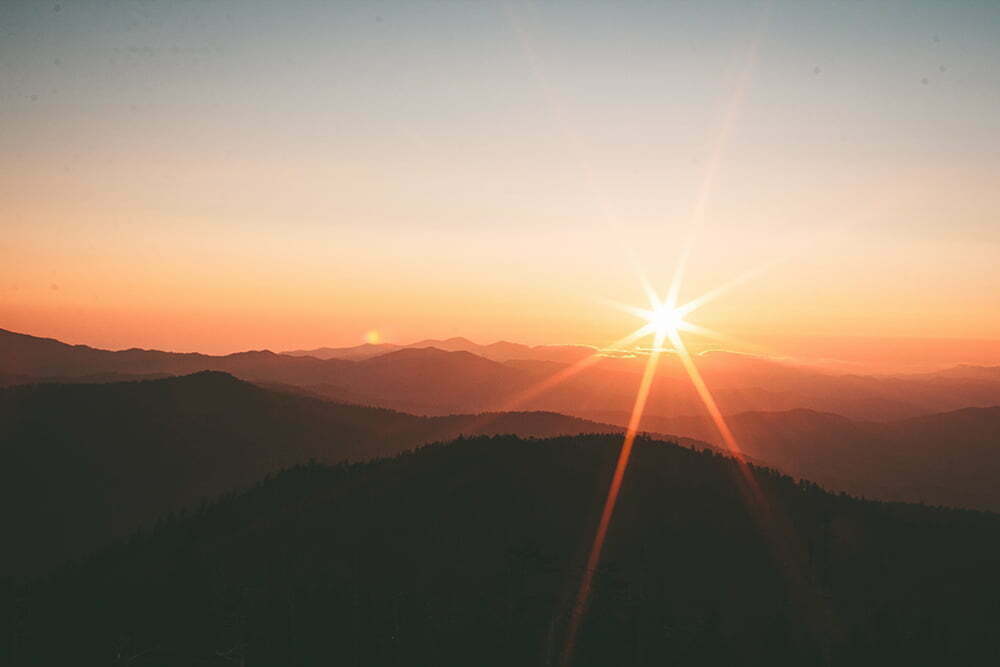
Optimism
We believe that when people are given the opportunity they want to make a difference by caring for the world around them.
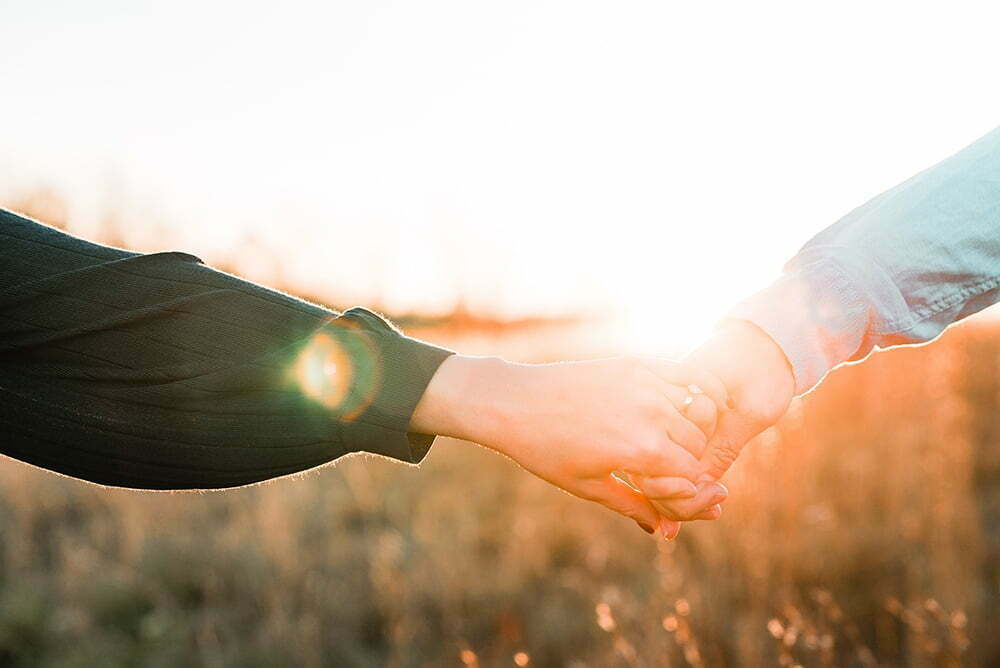
Empathy
We believe empathy and kindness are the foundations for shared problem solving, creativity and joy.
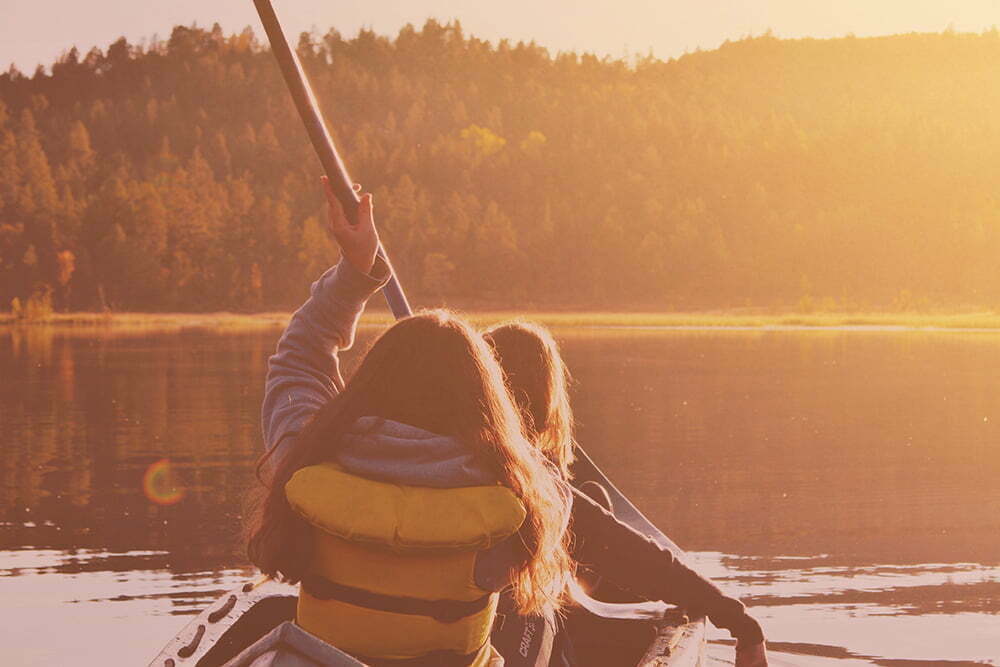
Connection
We believe that when people are connected to each other and to nature they are happier, more resilient and full of hope.
Our people

Siwan Lovett, Managing Director of the Australian River Restoration Centre
Favourite waterway 🌊: Upper Murrumbidgee River, NSW
Inspiring, skilled and effective. Siwan is a familiar face in the Australian river restoration community, with her work in communications, public speaking, leadership and on-ground riparian rehabilitation well-known and respected. She enjoys facilitating and empowering others to value themselves and their knowledge so that rivers and waterways can be managed confidently, in partnership with nature.
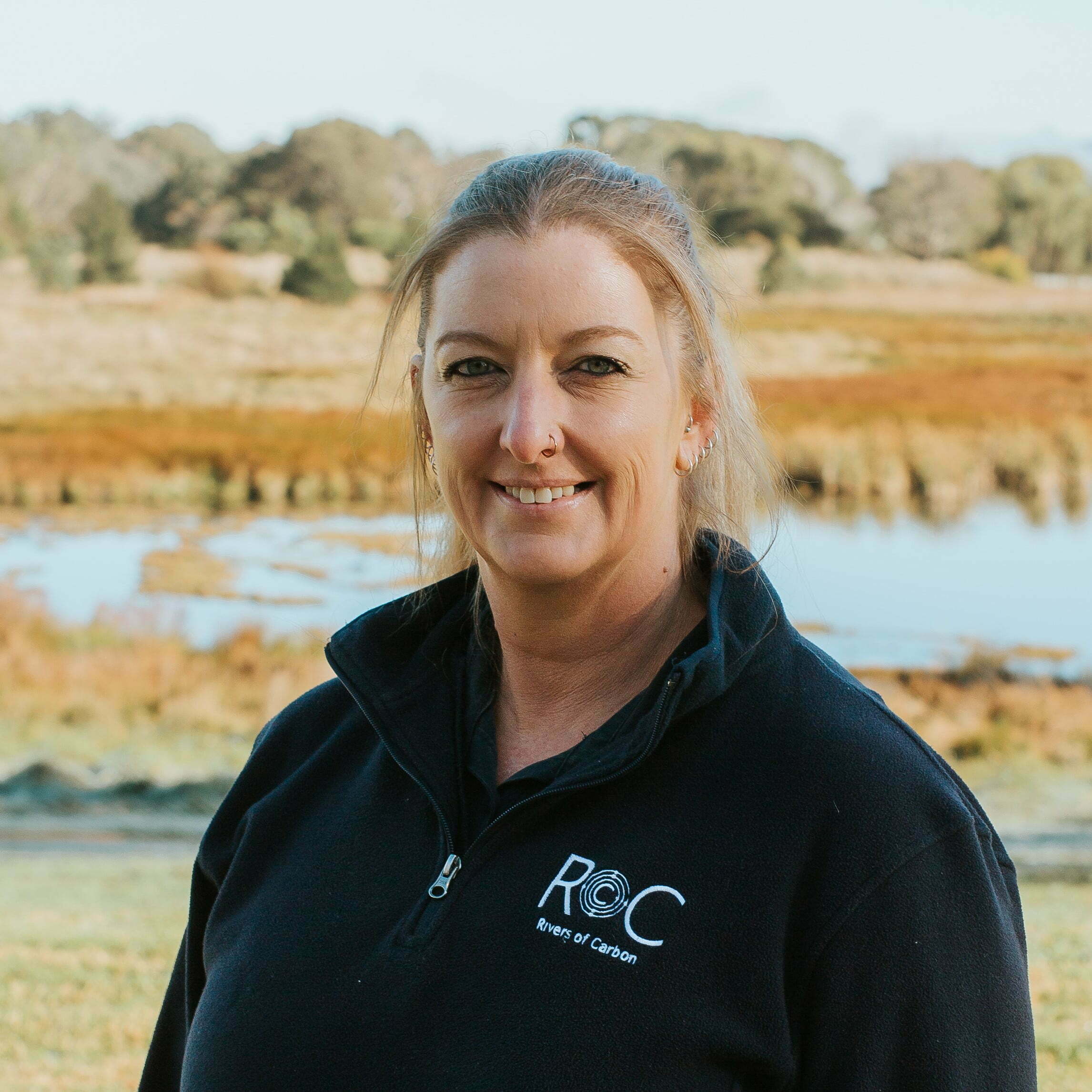
Lori Gould, Project Manager
Favourite waterway 🌊: Pudman Creek near Rye Park, NSW
Lori specialises in riparian rehabilitation projects that focus on engaging the community in improving biodiversity, linking vegetation, addressing salinity, etc. She is the on-ground Program Manager for Rivers of Carbon, a program she and Siwan co-founded six years ago Lori is practical, approachable and a great person to talk to about all things riparian. She is a skilled community practitioner and is always willing to share her experiences with others.
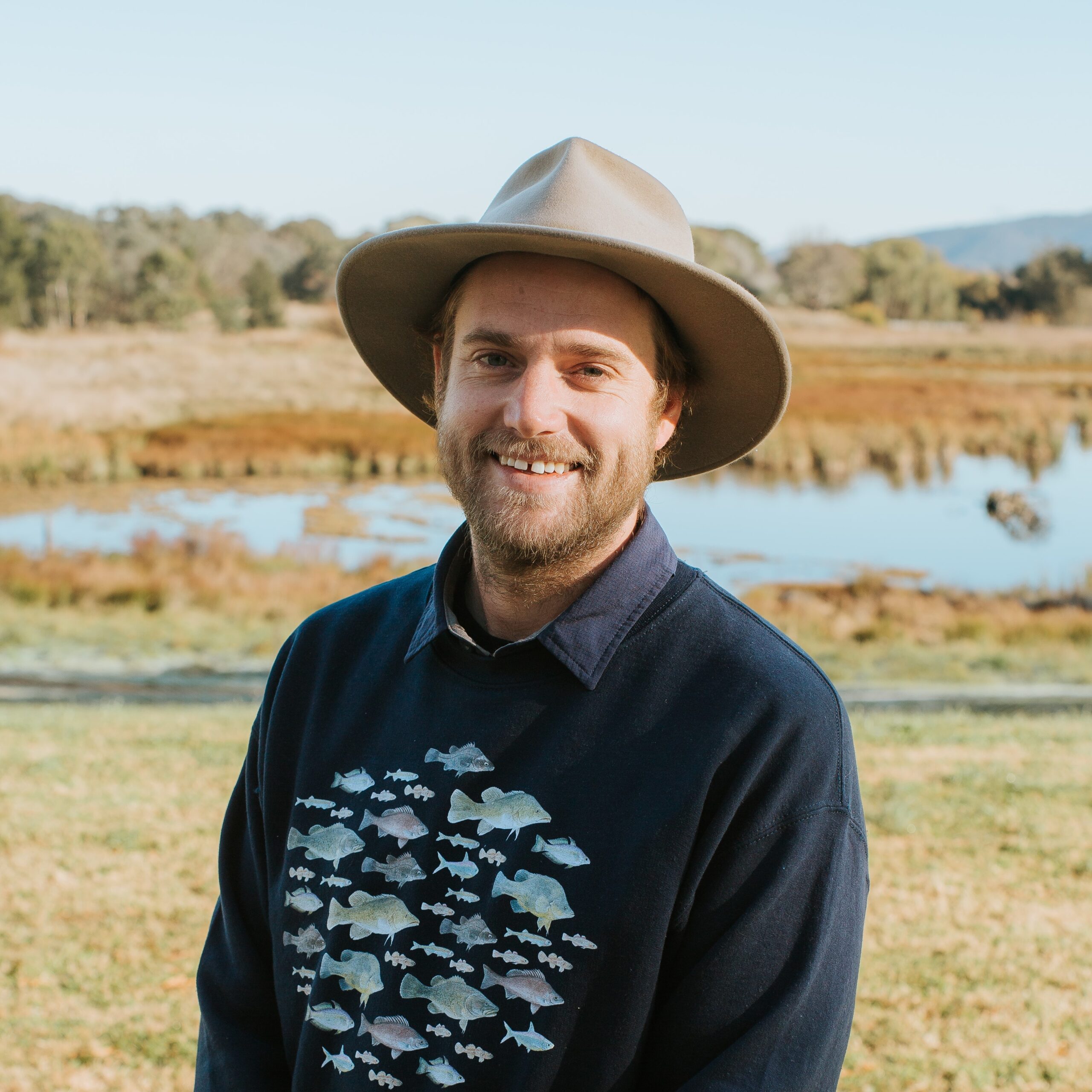
Jed Pearson, Project Officer
Favourite waterway 🌊: Macleay River, NSW
Jed is an avid conservationist with a background in agriculture and project management. Coming from a rural community, he brings his love for rural Australia, our unique natural landscapes and passion for river ecology to conservation and land management projects around the ACT.
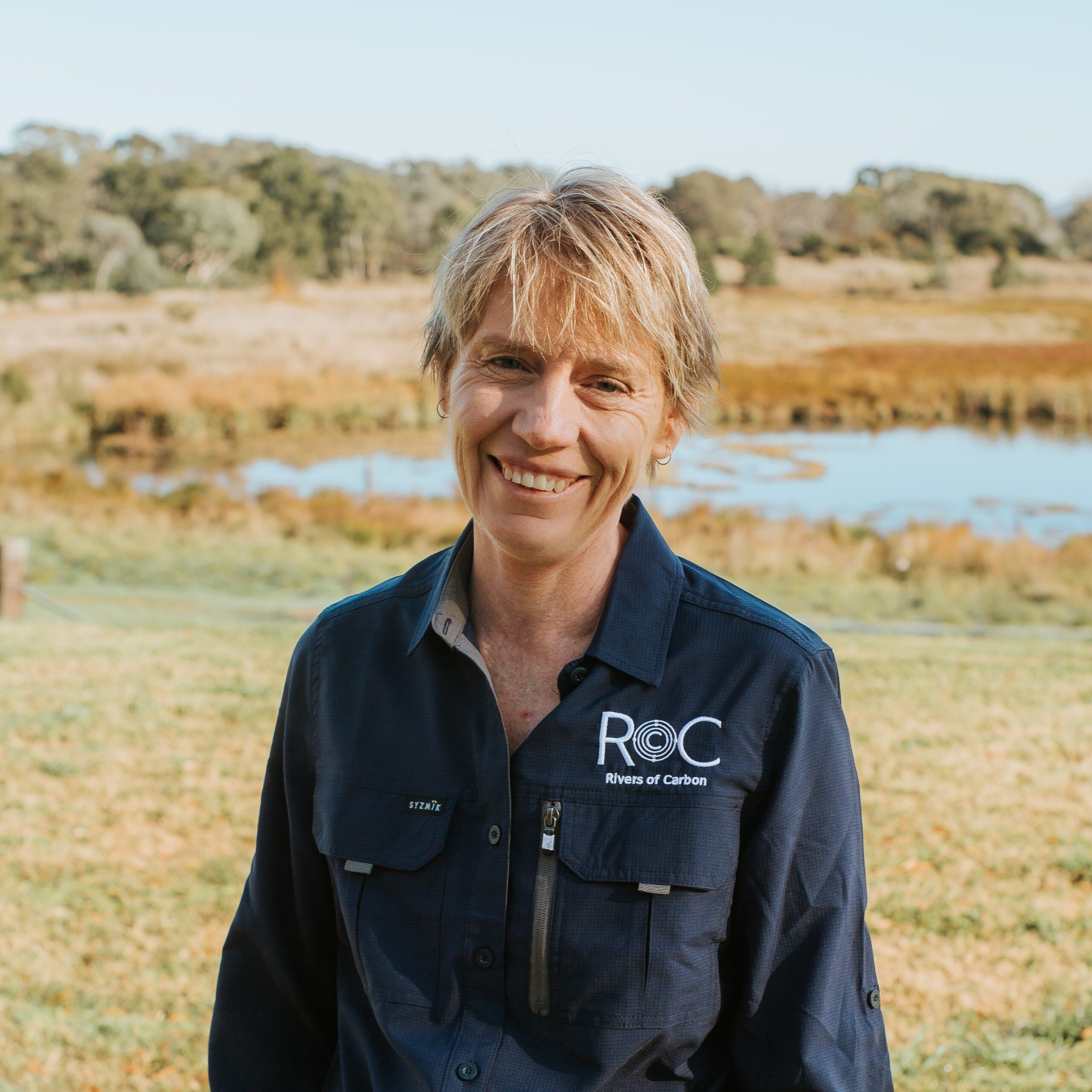
Alex James, Project Officer
Favourite waterway 🌊: Snowy River near Charlotte Pass, NSW
Alex James is an enthusiastic advocate for farmers and communities embracing the challenges of climate change and biodiversity loss. She is a project manager for Rivers of Carbon Boorowa and community engagement specialist, bringing the science of river restoration and biodiversity conservation to individuals and groups through webinars, field days and river restoration plans.
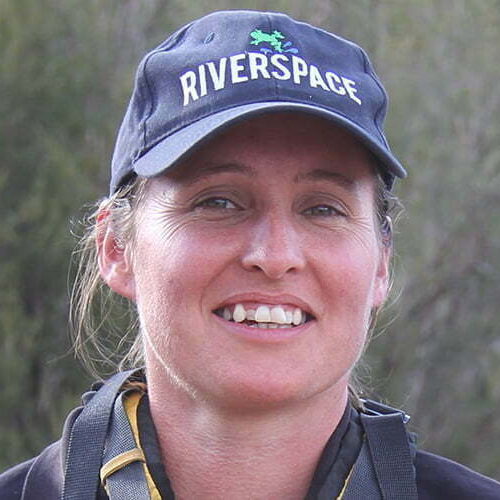
Antia Brademann
Antia wears many hats as a Waterwatch Coordinator and Facilitator of the Upper Murrumbidgee Demonstration Reach. A passionate paddler and lover of the river, Antia spends her time working with locals to protect and restore the Murrumbidgee from Casuarina Sands to the Headwaters. She is a great community connector, bringing landholders together to remove weeds, stabilise banks and create native fish habitat. Her interest is working with the community to build knowledge and share information and use it as part of locally tailored programs.
What people say about us:
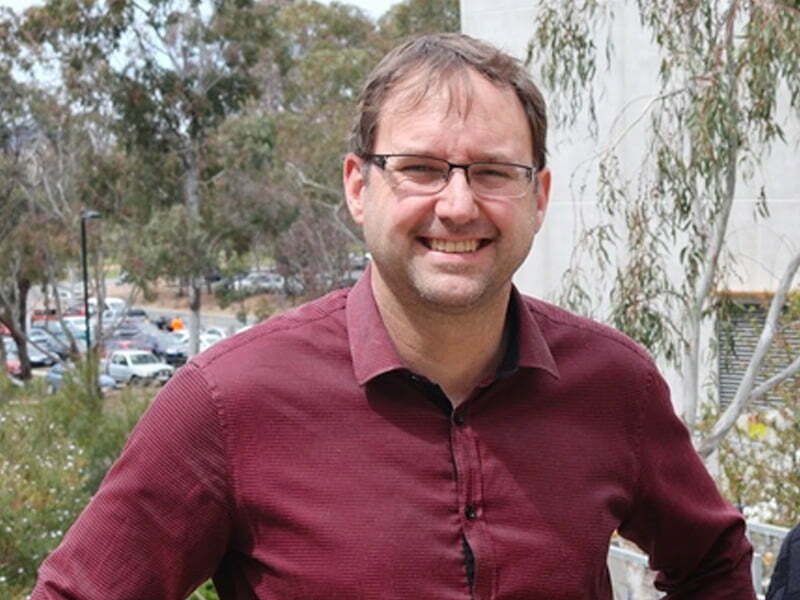
The Rivers of Carbon project has successfully married social and ecological world views on water in a genuine partnership between communities and scientists. Focussing on the aesthetic, ecological and biochemical values of waterways, Siwan Lovett has woven a complex story of the value of water in the landscape. Working collaboratively to restore waterways, particularly through riparian restoration, Siwan has brought the latest science and built a narrative that makes it both appealing and engaging to non-scientists She has developed a wide range of highly successful engagement resources, ranging from online materials through to publications and field days. She has coupled this with summaries from leading scientists that directly inform the management approach. Perhaps the single greatest testament to her approach is that her greatest champions are the landowners, both farmers and traditional owners, who are vocal supporters of her work.
– Professor Ross Thompson

There are many agencies and groups doing stream restoration activities in Australia and internationally, and the activities that Rivers of Carbon do on the ground are not surprising: riparian revegetation, restoring connectivity for fish, training communities and so on. But what is fundamentally different is their delivery model (or business model if you like). They essentially package resources from different sources, and then deliver those in a unique way (and I use the word unique deliberately).
The success of the program is greatly influenced by the tireless efforts of the Director Dr Siwan Lovett. I have known Siwan for many years, and could not think of a more dedicated advocate for rivers and wetlands. Central to her success is her clear philosophy that managing landscapes is about managing relationships. She helps her communities to see themselves, and the aquatic systems that they care about, as part of that same community. She has espoused this philosophy effectively and persuasively at every opportunity, and it has succeeded in changing the way both professionals and individuals across Australia see their restoration mission.
I have seen the Rivers of Carbon program in action on the ground, and it has been an inspiring experience.
– Professor Ian Rutherford
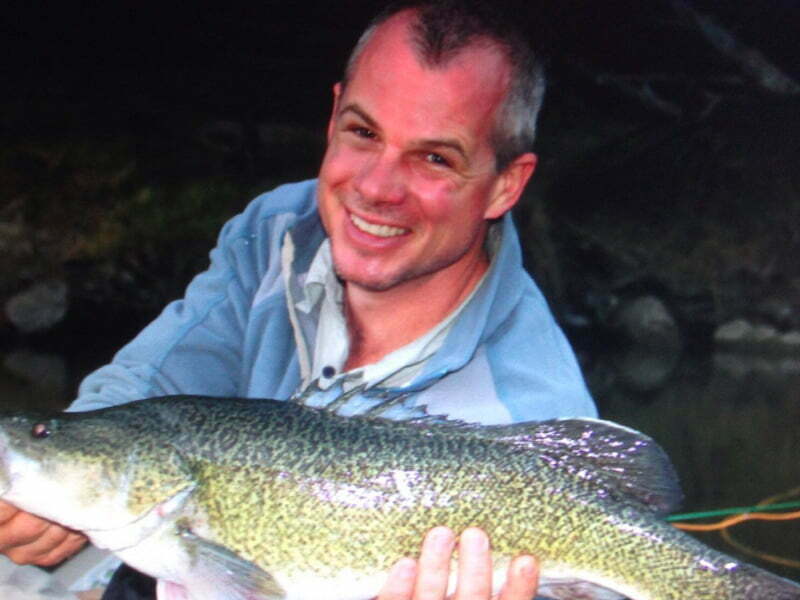
I have been working with the Rivers of Carbon (RoC) team on several projects now for a number of years. I have found the model and the approach from the team involved to be an extremely successful process, one that has been successful in engaging and connecting the local community and landholders back to their rivers and waterways.
The program has been extremely useful with regard to threatened species projects that I have been working on, it has enabled these projects and species to gain a wider audience through which has built awareness, engagement and ownership. Local landholders are now aware of threatened species that live in their waterways, they have an affinity with and for them, where as previously they did not even know they existed. This has allowed for ongoing targeted management aimed at maintaining and improving these populations of threatened species that would have otherwise gone largely unnoticed and unassisted. Too often we tend to work in isolation I think the real value in RoC is that it brings everyone together working towards a common goal.
– Dr Luke Pearce
What about landowners?
You might be thinking, yeah, but what do landowners say about Rivers of Carbon? Well, here are some of the comments we have received and you can also check out our videos and write ups from our Community Conversations to hear first hand from those that work with us:
“The RoC program has helped me to almost totally rehabilitate a gully site affected by erosion and salinity issues.”
– Alan Della
“The RoC program staff have a good understanding of farmers’ needs, matching conservation to the farm plan.”
– Ben Noble
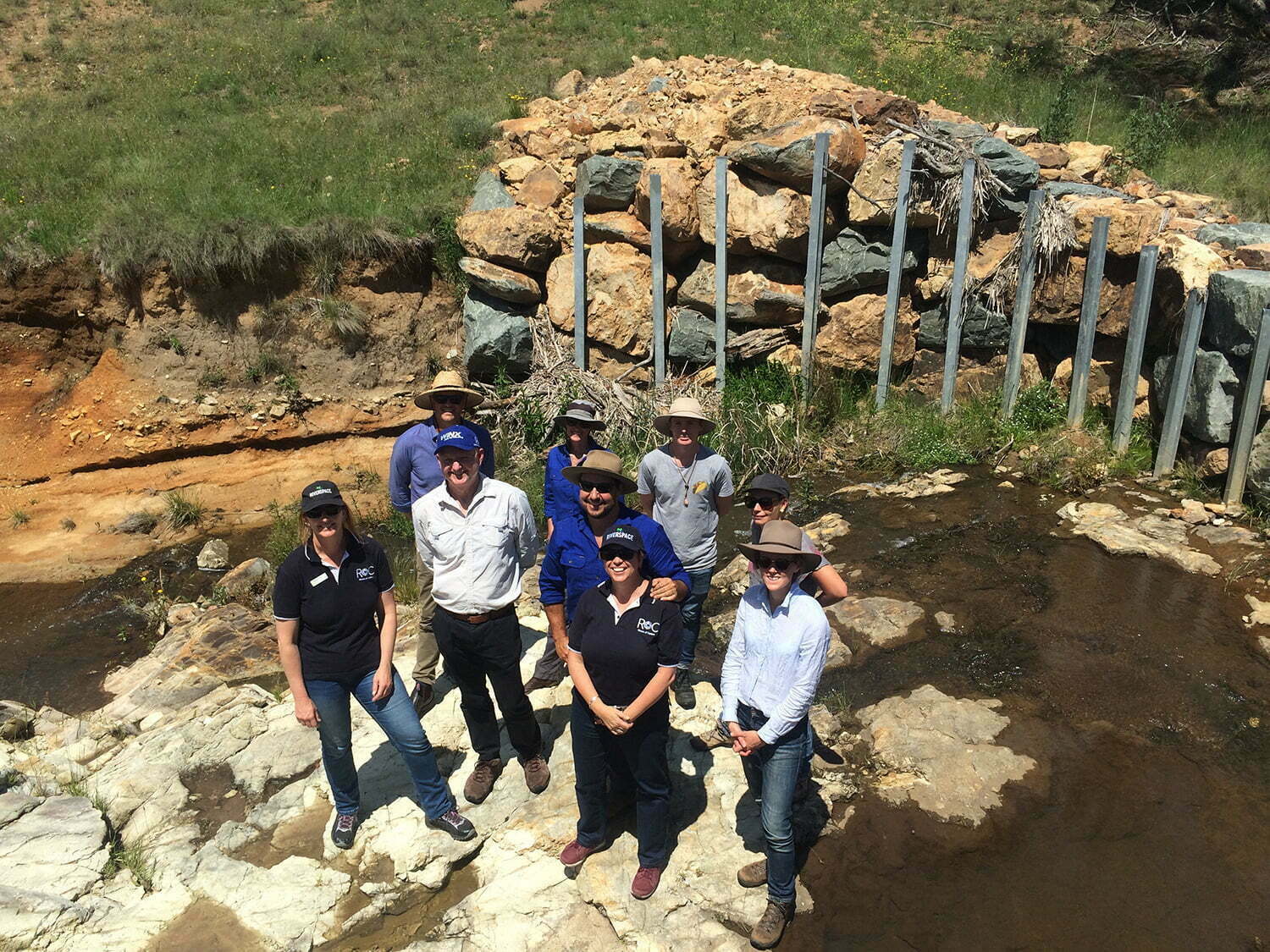
“I plan to continue revegetating my stretch of the Numeralla River and involve neighbours in improving fish habitat.”
– Brett Jones
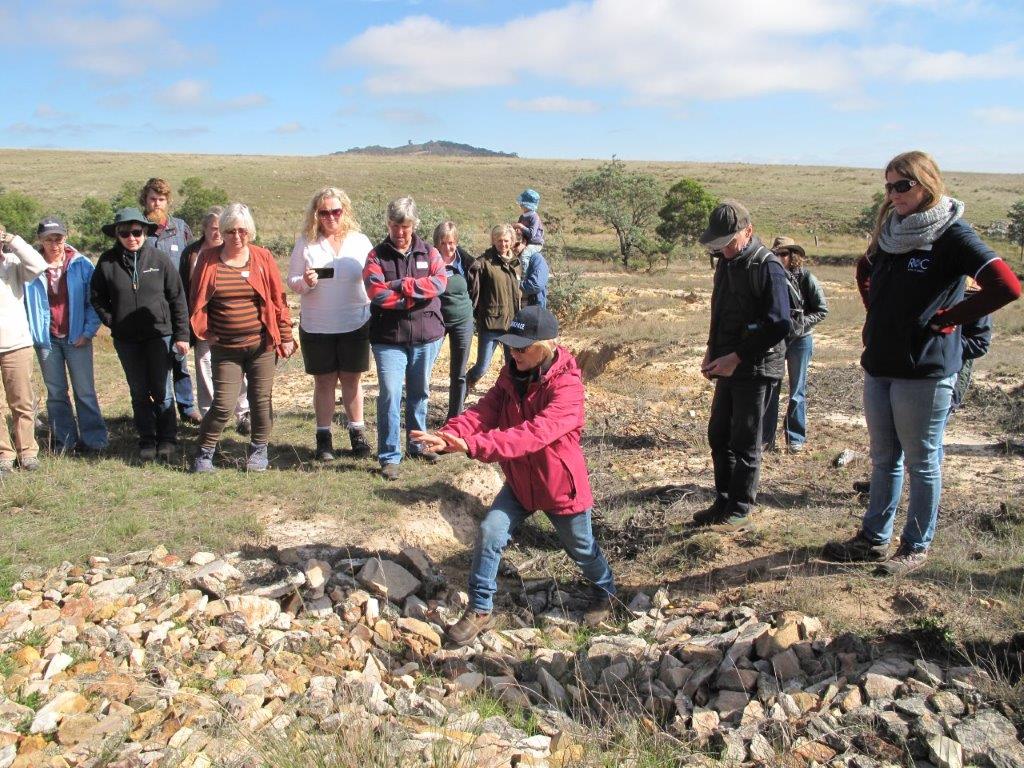
“Livestock do much better when excluded from gullies, and the fencing has also resulted in natural regeneration of native vegetation.”
– Rob Fraser
“The RoC program has resulted in a big difference on the ground, with a lot more regeneration of casuarinas.”
– Shaun Young
“The RoC program encourages and helps people to do work that they otherwise may not do.”
– Richard & Patricia Wilkinson
“The birdlife has increased with revegetation, and the fenced out gully area becomes a fodder bank for dry times.”
– Tom McCormack
“Being involved with RoC has complemented my holistic management approach to grazing.”
– Matt Doyle
